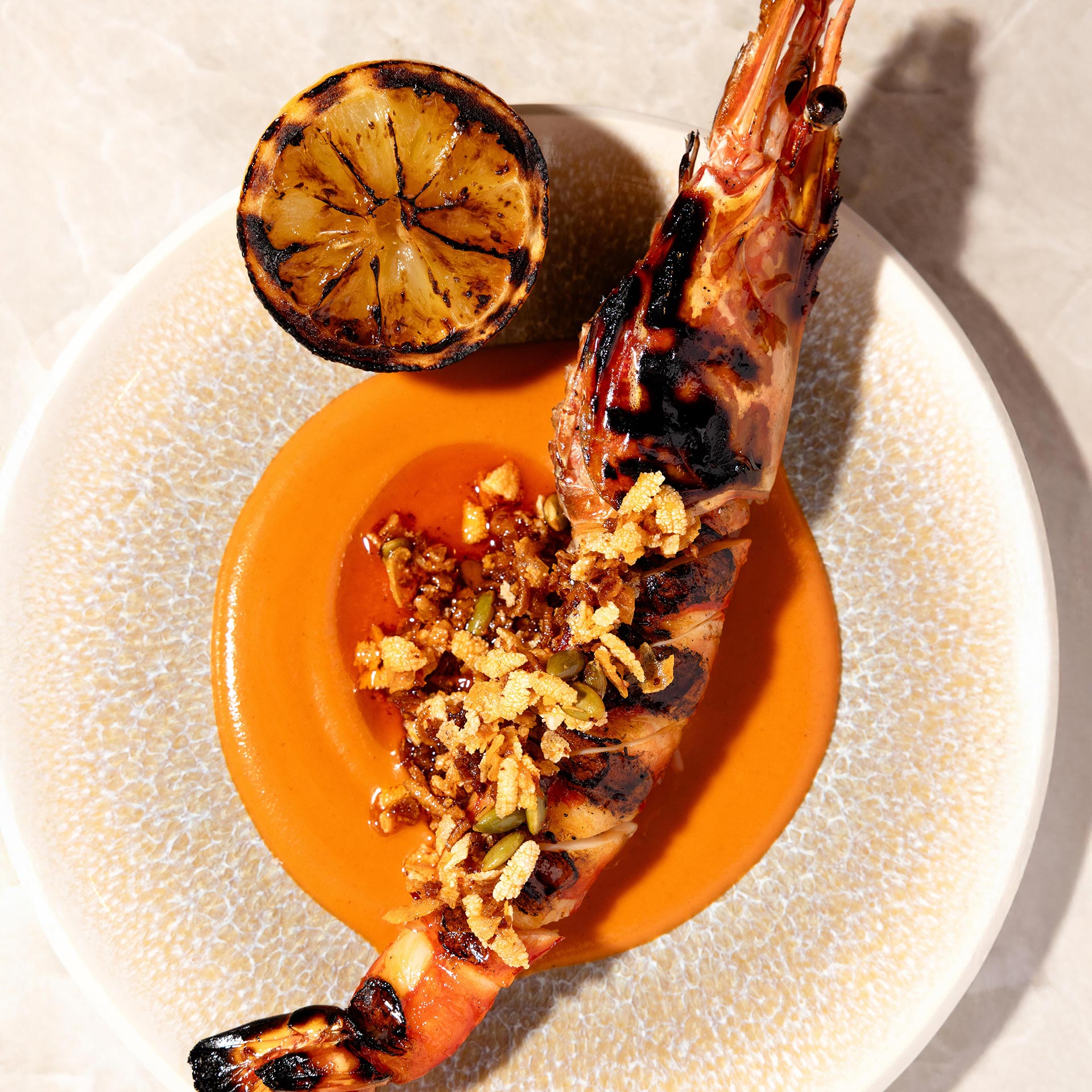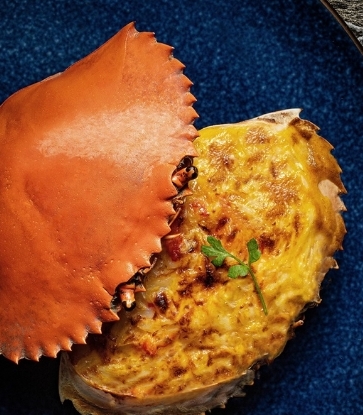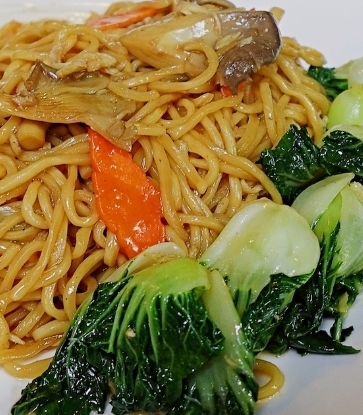Char siu, literally meaning “roasted on a fork”, is one of the most popular and versatile of Cantonese roast meats. From a plate of unadulterated, sliced char siu served as a starter, or offcuts used in dim sum as cheung fun, char siu bao, or char siu so (baked pastries), or diced in a classic fried rice with egg and spring onions, the options are endless.
You’d be hard pressed to walk a block in Hong Kong without encountering it in some shape or form. Its ubiquity is testament to its enduring popularity, and it is something that has been immortalised in Hong Kong’s popular culture – be it a classic scene in the Stephen Chow movie God of Cookery in which a dish of char siu on rice is so good it brings a character to tears, or a parent berating their child in Cantonese by saying, literally, “I wish I gave birth to char siu instead of you”.
In Hong Kong, char siu is as much in our souls as it is on our dining tables.
RELATED: Tracing The Origins Of Hong Kong's Char Siu Egg Rice

Roasting meat on a spit or fork is almost universal, so it’s difficult to trace the exact origins of the char siu technique. Nonetheless, it’s widely believed to originate in Guangdong, where pork is the main source of red meat. While there are many ways to roast char siu, most today are roasted in a barrel-like oven with an opening at the top, from which the meat is lowered. It hangs in the middle, ensuring all-round exposure to the heat.
Almost every Hong Kong roaster uses the mui tau, or pork collar cut, but it isn’t the only part that can be used for char siu. In the past, pork belly was popular, especially among those with more physically demanding jobs, such as farming. Bib Gourmand restaurant Tai Wing Wah in Yuen Long, in the northwestern New Territories, used to serve “tor dei” char siu, made with pork belly so fat that it’s said the pig’s belly would “tor dei”, or brush the floor.
READ MORE: 5 Must-Try Classic Cantonese Dishes and Where To Order Them
The fattiness was essential as energy for the many farmers who once lived and worked in the area. They stopped serving it a few years ago as the people became more health conscious and stopped eating as much pork fat. Pork belly char siu is therefore few and far between in Hong Kong these days, but those hankering for a taste will still find it at one-Michelin-starred Kam’s Roast Goose in Wan Chai. They playfully call it “toro”, after the Japanese term for tuna belly.

In Singapore and Malaysia, pork belly char siu can still be found among Cantonese roasters, as can another cut, “bu jian tian” – the “armpit”, or back of the front legs that “never sees the sky” – which is on the completely opposite end of the fattiness spectrum, favoured for its lean meat and porcine flavours.
READ MORE: Behind the Scenes: The Legacy of Kam's Roast
Pork collar is the happy medium between the belly, with its layers of fat, and the lean, muscular “armpit”; the best pigs providing even marbling for ideal tenderness, juiciness and depth of flavour. Chefs all have their own preferences for the kind of pig they use. Chef Lau Ping Lui at two-Michelin-starred Tin Lung Heen says, “I use Iberico pork. Fed with acorns, it has a distinct flavour, and the even marbling means it stays tender without the greasiness of [a lot of] fat”.
At Duddell’s, which has one Michelin star, chef Li Man Lung uses local pork, which he likes for the “fresh and local supply, and good quality. The meat-to-fat ratio is close to 50:50, which is great for roasting char siu, as there would be enough fat to burn during roasting, keeping the barbecued pork juicy, with a nice aroma,” he says.

Roasting char siu, at least on paper, is not a complicated process, but as with all simple recipes, the devil is in the details. The pork is first marinated, usually with some combination of salt, sugar, garlic, Chinese rose wine, egg, and spices such as five spice, along with umami-rich ingredients such as oyster sauce, bean paste, and red fermented tofu – the latter also gives char siu its distinctive hue. The Duddell’s recipe includes star anise and sand ginger powders for added depth of flavour. Next, it’s roasted until cooked through.
The final step, to give it its distinctive sheen and burnt ends, is glazing. Chefs Lau and Li both use maltose, although some chefs use honey too. Li says, “A good maltose gives the right sweetness and viscocity. Pure honey is too floral for char siu, in my opinion”. Once glazed, the pork is returned to the oven for a final ime to caramelise. To serve, the char siu is sliced, and each establishment has their own standard thickness, chosen according to the texture and intensity of flavour of the char siu. Tin Lung Heen’s slices are exactly one inch thick: “this is our optimum thickness for the best texture,” Lau says, “only extremely tender pork like ours can be cut so thick”.

If you order char siu rice at Lin Heung Kui (pictured), the bustling Bib Gourmand restaurant modelled after old world Cantonese teahouses, the pork collar isn’t sliced at all – it’s simply cut into two and served balancing atop a bowl of rice.
Serving it this way ensures that the diner can truly appreciate the sensation of biting into a big, juicy chunk of pork, a sensation that was extremely rare in Hong Kong’s early years, when meat was relatively expensive and hard to come by. Char siu was considered a special treat, not an everyday occurrence like it is today.
However, these days, wherever you go for char siu, feel free to request your preferred thickness (or even an entire, uncut slab) and most chefs will gladly comply.
Char siu is often eaten like charcuterie – at room temperature, although consuming some right out of the oven is a pleasure Hongkongers relish. Most restaurants roast throughout the day, so you can more or less be guaranteed a warm portion any time of day, but the truly dedicated will arrive and order as soon as the restaurant opens, as most places will have a batch just made in time for opening.
READ MORE: The Favourite Ingredients Of Our MICHELIN Inspectors





















